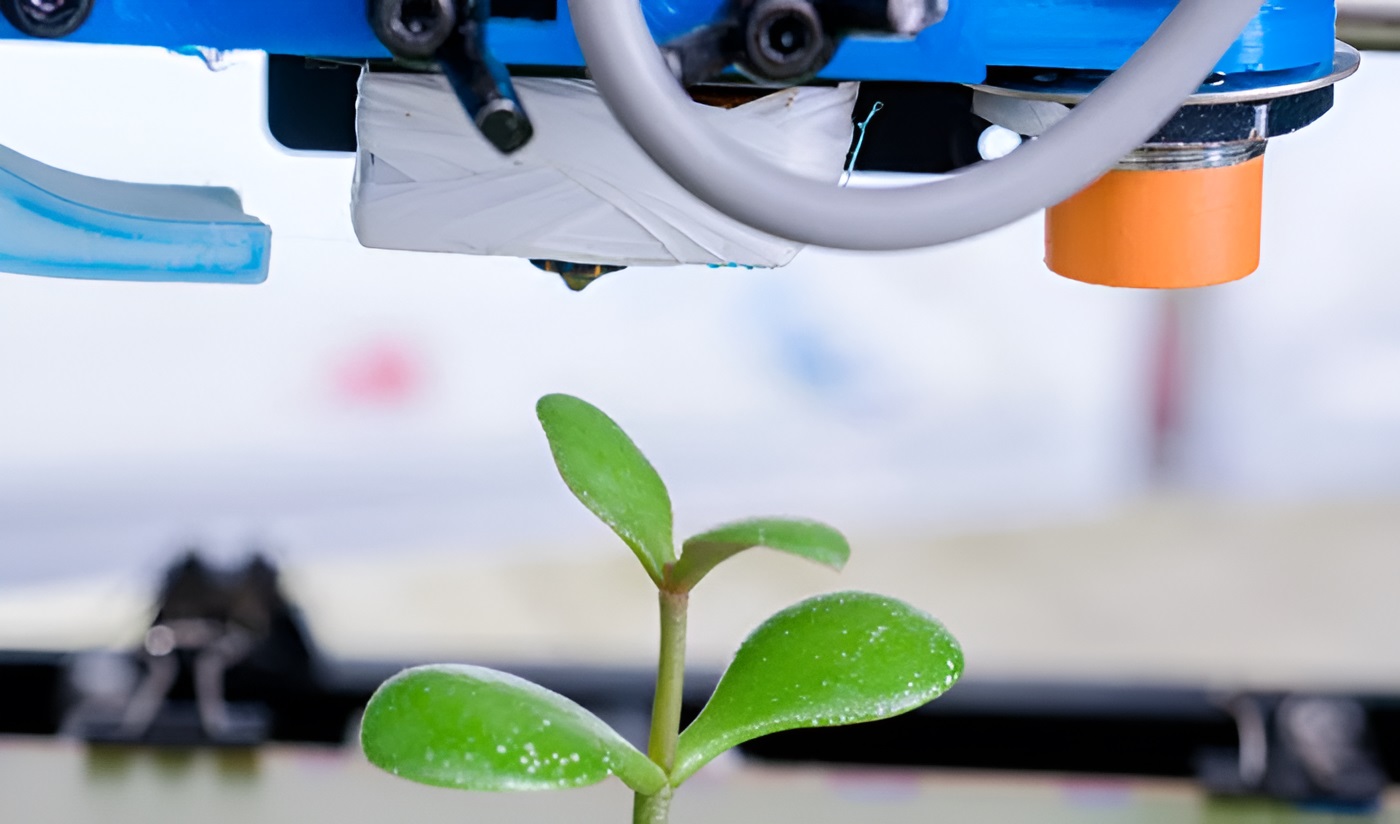

In this environmentally conscious era, its potential to use recycled and sustainable materials is a crucial step towards sustainability. Creating 3D printed products from recycled materials not only reduces resource dependency, but also addresses the problem of plastic waste. From spare parts to furniture to medical prosthetics, this technology is democratising production in an eco-friendly way.
In addition to producing sustainable end products, the 3D printing machinery itself is evolving towards sustainability, engineers and designers are developing 3D printers built with recycled materials, thus closing the product life cycle. A clear example is Coologist: in less than a year, the company has designed and produced an industrial 3D printer capable of printing 28 identical products, this printer is designed to print with recycled PET filament. In addition, they are in the process of producing their own recycled filament, thus closing the cycle of sustainable production.
The integration of recycled materials in 3D printing not only reduces the carbon footprint, but also encourages innovation in waste management. Fregata Space, a technology company that leverages satellites, machine learning, 5G and robots to measure water and air quality globally, and then take actions such as reducing plastics in the sea. It monitors the pollution levels of the oceans available at any location on the planet in as little as 20 seconds. In addition, with this information, Fregata Space has designed a global DB to predict future scenarios such as red plankton in Japan, sargassum in the Caribbean and the eruption of underwater volcanoes in Tonga.
In conclusion, creating a sustainable 3D printing ecosystem not only benefits the environment, but also offers economic and social opportunities. By focusing on the reuse of existing resources, we are building a future where manufacturing is more ethical, efficient and planet-friendly. Ultimately, 3D printing is proving to be a powerful tool in the fight for a more sustainable future.


